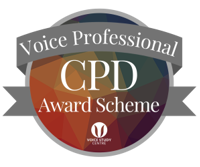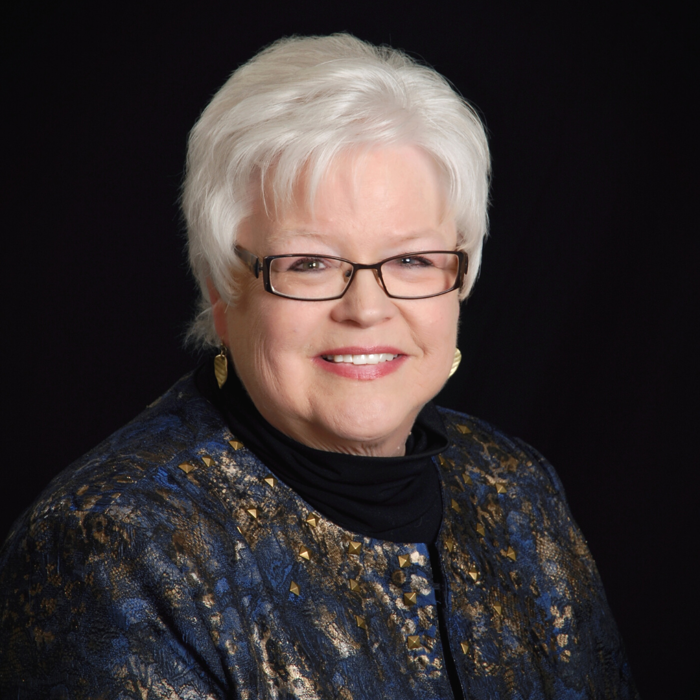Making Holistic Connections Between the Voice, Body & Emotions
Tuesday 26th March 2024, 5:00 PM - 7:00 PM (London Time)
Discover the rich and expanding capabilities possible within you as this course introduces you to the Emotional Body® method’s approach to making physical, vocal and emotional connections. The emotional effector patterns will be introduced as the primary approach during this two-hour introductory lesson. References will be made to how Estill Voice Training® and gentle movement lessons inspired by the Kinēsa® process of somatic education can also assist individuals in expanding their expressive capabilities and developing harmonious communications throughout the body.
Emotional effector patterns are precise breathing and muscle manipulations linked to specific emotional feelings. Each effector pattern has three parts: (1) a breathing pattern, (2) facial expression, and (3) postural attitudes. All three parts work together to create one effector pattern, or biological code, that directly stimulates nerves, cells and organs. The resulting pattern works like a key that opens the door for one particular basic emotion to express throughout the entire body. The patterns are based on scientific findings, independent of gender or social heritage influences, and result in the expression of basic universal emotions and modes of expression.
Estill Voice Training® is an evidence-based system that promotes body awareness and mindfulness and provides exercises designed to develop control of specific anatomical areas of voice production that contribute to the sound and feeling of the voice.
Kinēsa is a somatic method that combines kinaesthetic movement lessons with physical emotion regulation techniques and somatic sensing methods, all designed to assist the individual in raising their awareness of their individual habits, and helping them assess and consider opportunities to form new behaviours that might improve their overall wellbeing.
During this lesson participants will explore…
- Emotional Effector Patterns and how they could impact the physical and vocal expression;
- Vocal expressions of emotion and feelings, and the impact internally and externally of what occurs with the shared energy that sounded expressions create;
- Fully connecting the voice and body with the patterns, along with intentions, desires, and actions in the creation of more consistent, holistic expressions;
- Concepts around physical, vocal and emotional personal tolerance levels, identifying and setting personal boundaries, and considering consent-based agency around emotional expressions;
- Centering, destressing, revitalizing and restoring the nervous system to achieve a calm and restful state, and a quiet mind.
Professor Laura Bond
Laura Bond is a Full Professor of Drama and Interdisciplinary Studies at UNC Asheville teaching acting, vocal and physical expression, voice-over, voice acting, and emotional expression.

Attend this course for as little as £22 as part of the Voice Professional Training CPD Award Scheme.
Learn MoreSorry, this is an archived short course...
We have plenty of upcoming short courses coming soon. See details of some of them below or look at the full list of short courses.

Monday 12th January 2026
12:00 PM - 1:30 PM
Tuesday 13th January 2026
12:00 PM - 1:30 PM
Wednesday 14th January 2026
12:00 PM - 1:30 PM
Thursday 15th January 2026
12:00 PM - 1:30 PM
Tuesday 20th January 2026
12:00 PM - 1:30 PM
Wednesday 21st January 2026
12:00 PM - 1:30 PM
(London Time)
Level One Certificate in Accents and Phonetics

Louisa Morgan
Are you a voice, acting, or singing coach looking to expand your expertise and add accents and phonetics to your teaching repertoire? This 6-session course covers essential topics such as articulatory, acoustic, and auditory phonetics, the International Phonetic Alphabet (IPA), and ethical approaches to accent and dialect coaching. By the end of this course, you'll be equipped with the knowledge and practical skills to start to bring phonetics and accent coaching into your coaching and provide more comprehensive support to your clients.


Monday 12th January 2026
2:00 PM - 4:00 PM
(London Time)
Emerging and Developing Voice: Singing and Speech

Karen Brunssen
How does the singing voice influence the speaking voice? How does the speaking voice influence the singing voice? When is there a disparate relationship between the two? Can they help each other? Can one harm the other? How can we use them positively in the voice studio. During this short course we will consider the voice as we sing and as we speak. The acquisition of language is a very interesting journey from birth through old age. We will broach the topics of “lexical” which refers to learning words, and “semantic” which is how we use words in the context of language.


Monday 12th January 2026
5:00 PM - 7:00 PM
(London Time)
Perfectionism: A Theoretical & Clinical Overview

Dr David Juncos
What exactly is meant when we label ourselves or someone we know a perfectionist? It is a good to be this way? Or are you setting yourself up for failure? Can a performance psychologist or a other performance-related practitioner help you if you’re a perfectionist? In this short course, you will learn how perfectionism is defined according to popular models in clinical psychology, and whether it is maladaptive or adaptive. You will also learn how perfectionism impacts on music performance anxiety, in addition to other areas of importance for performing musicians, like work-related stress and burnout, and procrastination with one’s practice.
